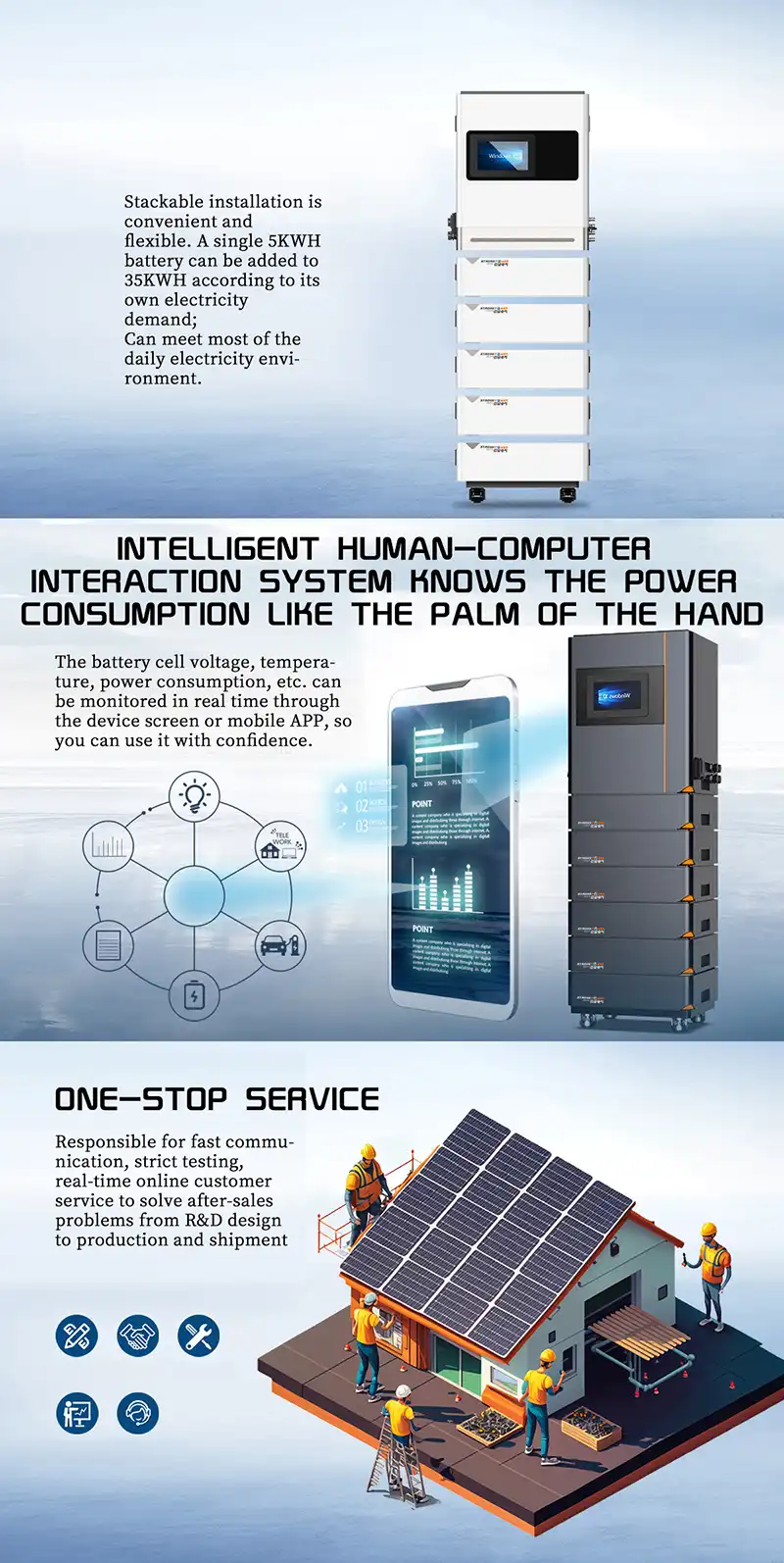How to use battery energy storage systems to achieve grid stability?
Battery energy storage has emerged as a critical technology for assisting in the transition to a more environmentally friendly future. As renewable energy sources such as solar and wind power grow more popular, energy storage becomes increasingly crucial for system stability.
The necessity for grid stability as a result of the green transition
Renewable energy sources such as solar and wind power are intermittent, which means they only produce electricity when the sun shines or the wind blows. Because of this fluctuation, it can be difficult to balance the grid and maintain a consistent supply of electricity. To keep the frequency and voltage within acceptable limits, the grid must be balanced in real time. This is where energy storage batteries come in.

Energy storage in batteries and grid stability
By offering a quick reaction time in the frequency control sector, battery energy storage solutions may assist promote grid stability. Frequency is a measurement of how quickly alternating current (AC) changes direction, and it must be kept within a tight range of 50 or 60 Hertz to guarantee grid stability. If the frequency falls outside of this range, it might cause blackouts and equipment damage.
The battery may be charged when there is surplus electricity on the grid. When there is a power outage, the battery can be emptied, supplying electricity to the grid and assisting in keeping the frequency within safe bounds. This contributes to the grid remaining stable and dependable even as the proportion of renewable energy sources grows.
Battery energy storage’s significance in the green transition
When there is no sun or wind, battery energy storage is essential for guaranteeing a dependable energy source. Batteries can provide electricity to the grid during periods of low generation by storing extra energy during periods of high output. This helps to guarantee that a consistent source of energy is always accessible, regardless of weather conditions.
Furthermore, battery energy storage can assist to lessen the requirement for peaking power units (peakers) that run on fossil fuels. These facilities are used to fulfill peak demand and can be polluting and costly. Batteries, by storing electricity, can assist to lessen the demand for peaker plants, making the grid greener and more efficient.
Finally
Battery energy storage technology is crucial for accelerating the green transition and maintaining a dependable and long-term energy supply. Fast reaction times in the frequency control market can help to preserve grid stability and decrease the demand for fossil fuel-powered peaking power plants. As the percentage of renewable energy sources grows, battery energy storage devices will become more crucial in assuring a clean and dependable future.



